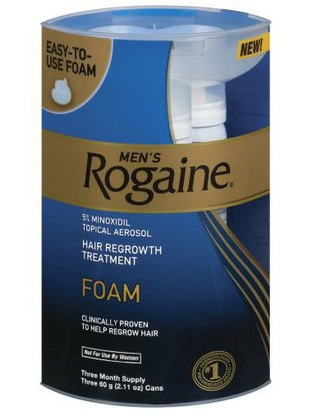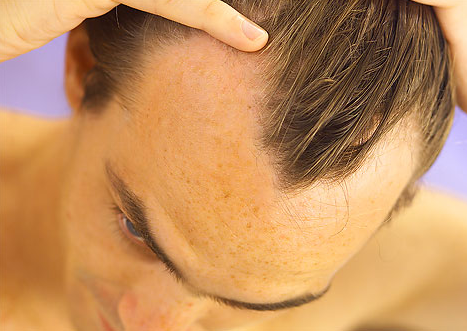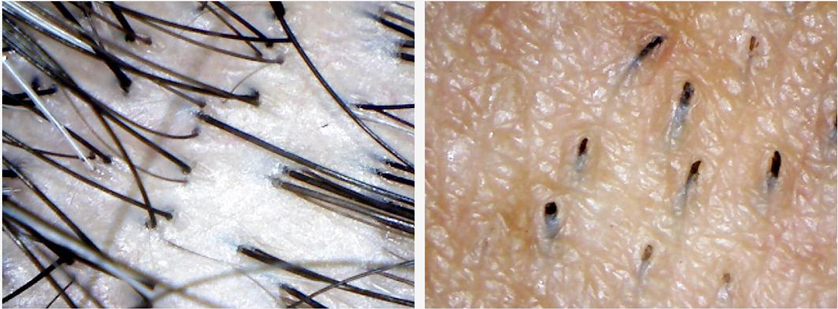Shock Loss After Hair Transplantation
Tuesday, February 21st, 2012 We receive a lot of questions at US Hair Restoration about the use of Minoxidil (Rogaine), and how it affects hair growth after a hair transplant procedure. There are mixed reviews people find on the internet through different websites and blogs about the Foam version of Rogaine. Some say it helps hair growth, others say it hinders, while some claim it does absolutely nothing.
We receive a lot of questions at US Hair Restoration about the use of Minoxidil (Rogaine), and how it affects hair growth after a hair transplant procedure. There are mixed reviews people find on the internet through different websites and blogs about the Foam version of Rogaine. Some say it helps hair growth, others say it hinders, while some claim it does absolutely nothing.
Minoxidil (Rogaine) may be used after a hair transplantation on the newly transplanted area, for protecting the already existing hairs which are genetically predisposed to thinning. The hair grafts which are actually transplanted from the donor area require no medication for growth and maintain a permanent residence in the balding area. Those are the healthy hairs which are not affected by the hormone DHT (Dehydrotestosterone) which causes thinning and baldness.
 There may be some loss of existing native hair in the balding area due to shock loss, and for this we recommend Propecia for male patients to protect against. Propecia is proven to work better then Rogaine for the prevention of shock loss in men, and continues to have remarkable results in the patients who use the medication as directed. Unfortunately it does not work on women, but in these cases Rogaine does work and is a recommend option for the first few months after hair restoration surgery.
There may be some loss of existing native hair in the balding area due to shock loss, and for this we recommend Propecia for male patients to protect against. Propecia is proven to work better then Rogaine for the prevention of shock loss in men, and continues to have remarkable results in the patients who use the medication as directed. Unfortunately it does not work on women, but in these cases Rogaine does work and is a recommend option for the first few months after hair restoration surgery.

